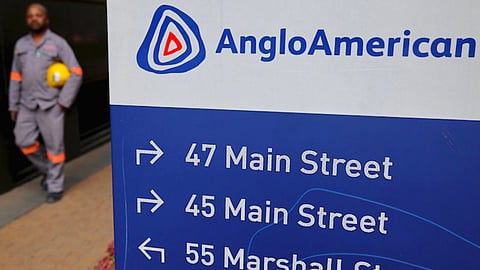Anglo CEO Duncan Wanblad needs to kill some darlings: Javier Blas
As Anglo American Plc faces pressure from an activist investor and a takeover attempt, CEO Duncan Wanblad finds himself at a critical juncture. His promise to shed "sacred cows" from the company's portfolio, including its diamond business and ambitious fertilizer expansion, hangs in the balance. With shareholders craving clarity and decisive action, Wanblad's leadership is under scrutiny. Can he steer Anglo American toward a simpler, more profitable future, or will the complexity of its assets continue to weigh it down?
Sign up for your early morning brew of the BizNews Insider to keep you up to speed with the content that matters. The newsletter will land in your inbox at 5:30am weekdays. Register here.
By Javier Blas
Back in October, the boss of Anglo American Plc took some of the company's top shareholders to dinner. Under pressure to turn around performance, Duncan Wanblad promised there were no "sacred cows" in the portfolio. Now that he's facing an activist investor, plus a takeover attempt, it's time to make good on the promise by ditching its diamond business and amending its planned expansion into fertilizer.
___STEADY_PAYWALL___

